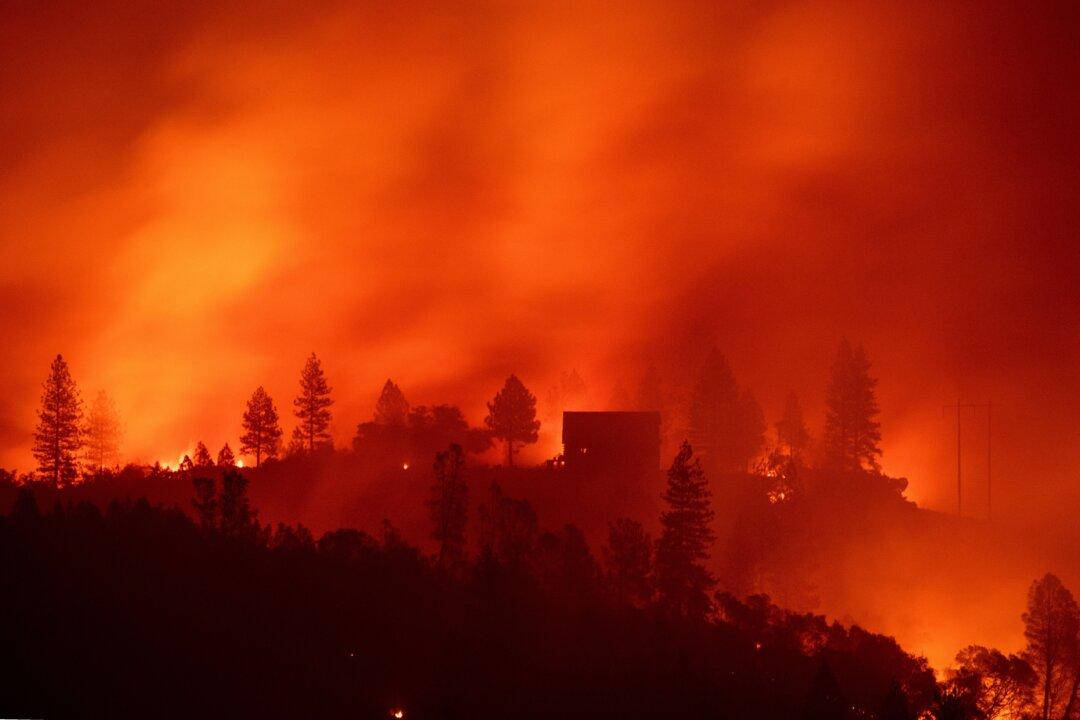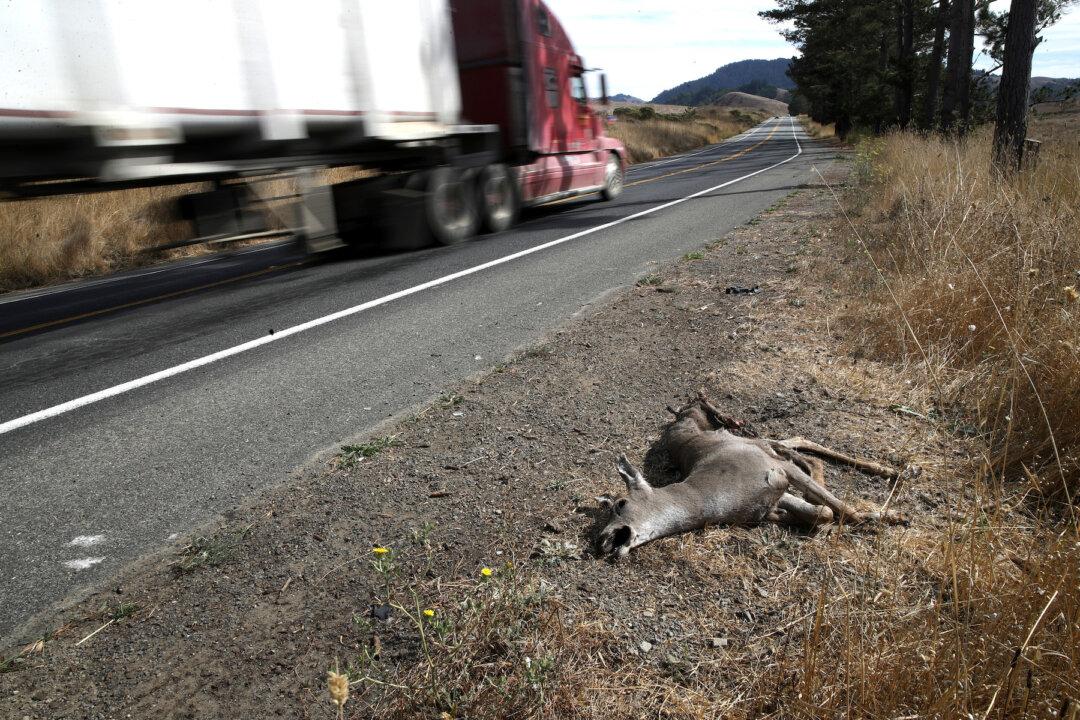California is well into wildfire season, but the Department of Forestry and Fire Protection (CalFire) is always open to trying new technology to prevent and fight fires, while working with local fire departments to manage specific incidents, Scott McLean, CalFire deputy chief of communications, told The Epoch Times in an interview.
“We’re always coming up with new ideas to control fires,” McLean said.




